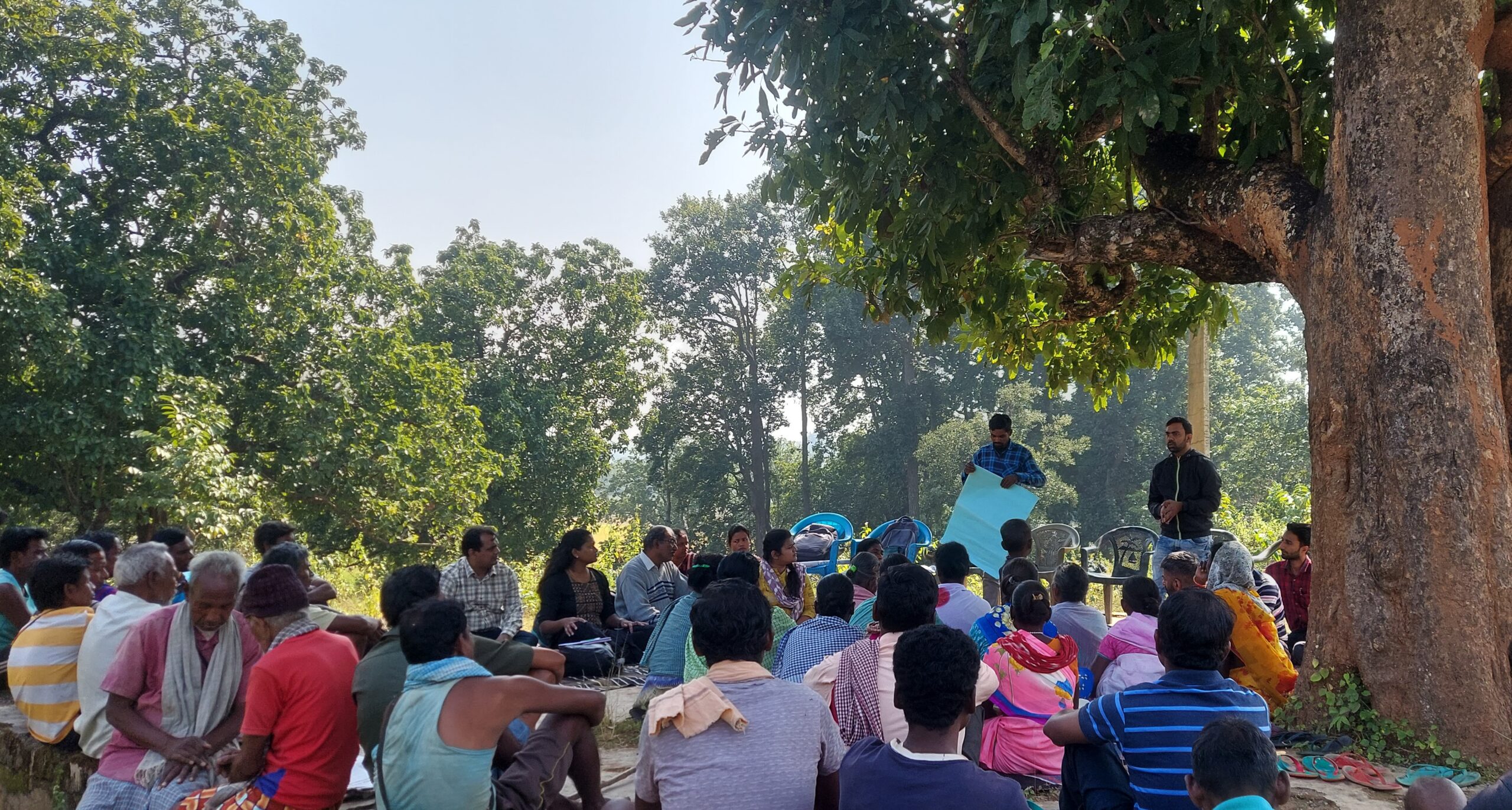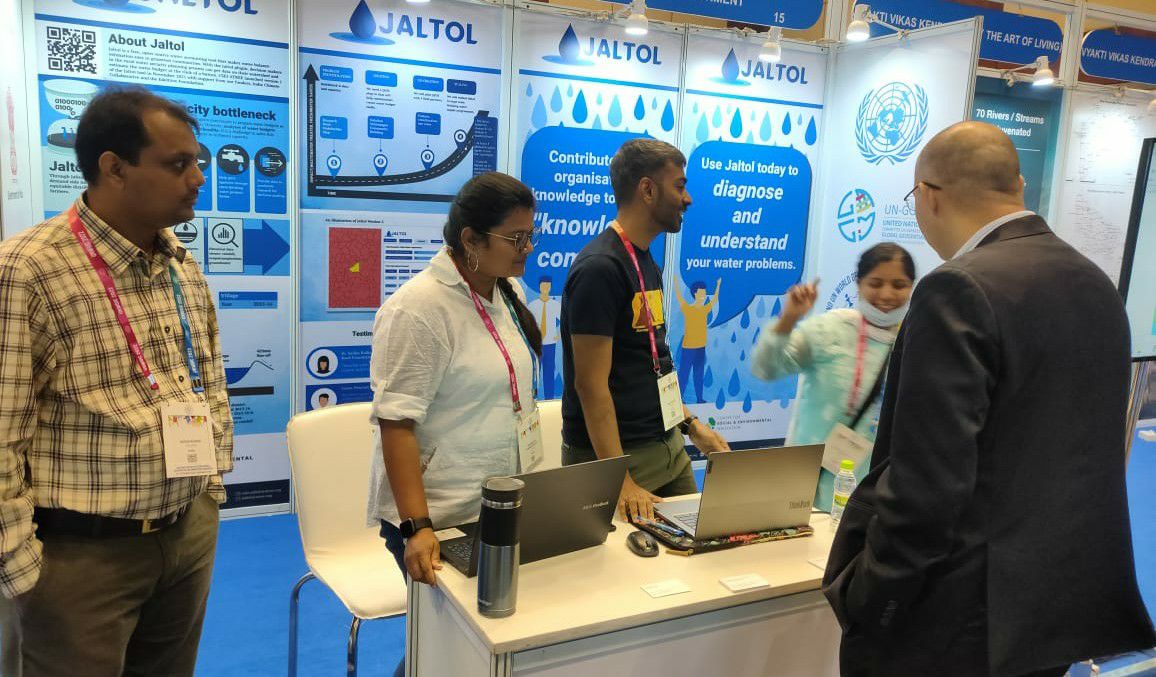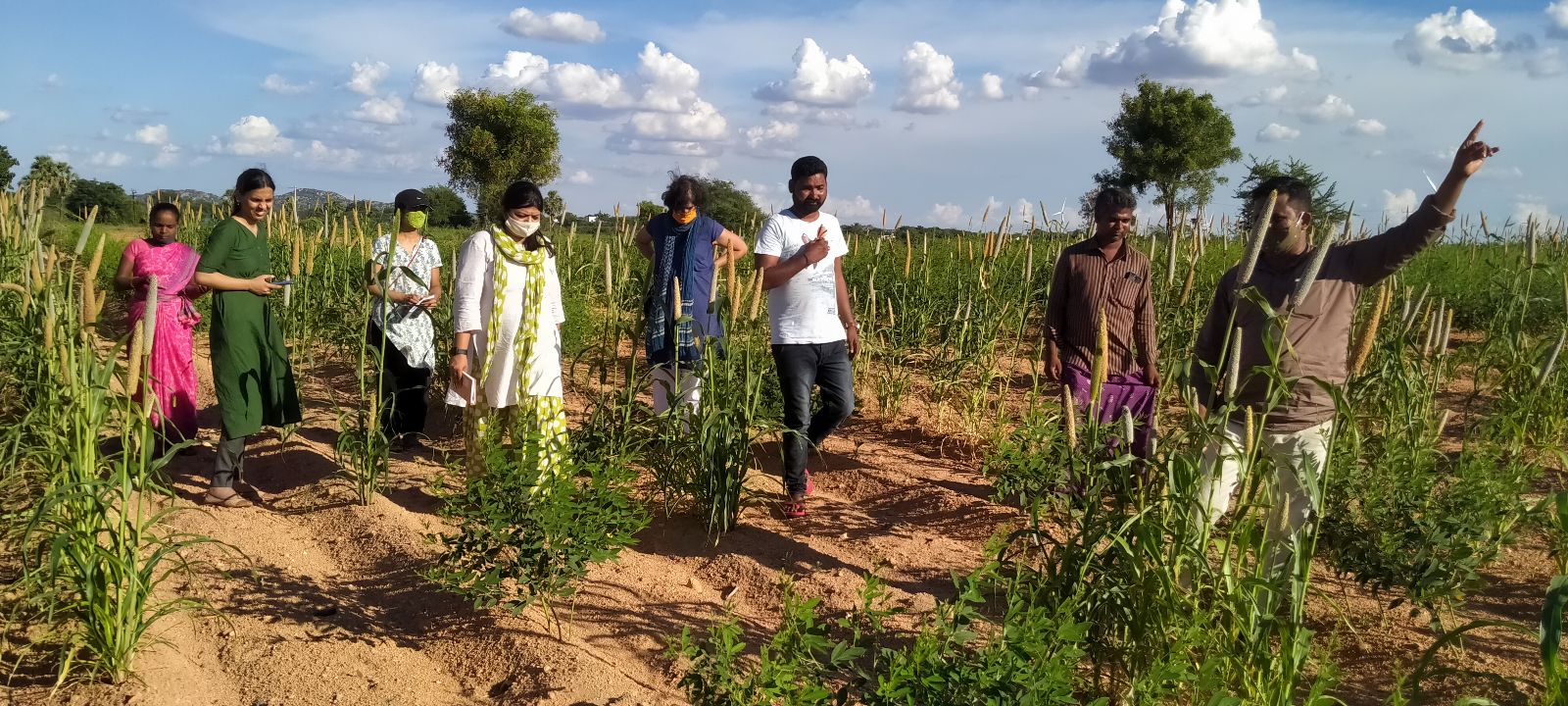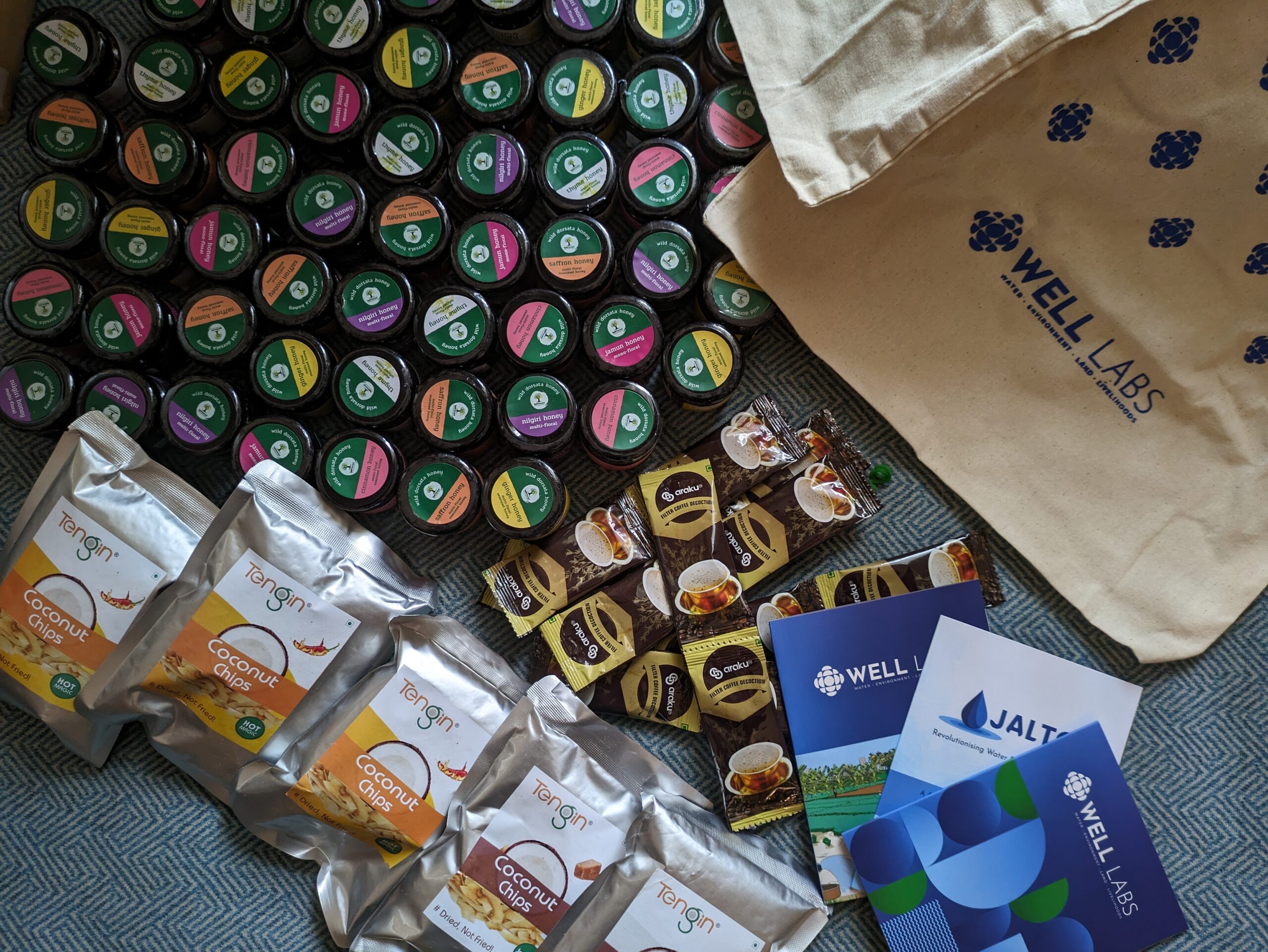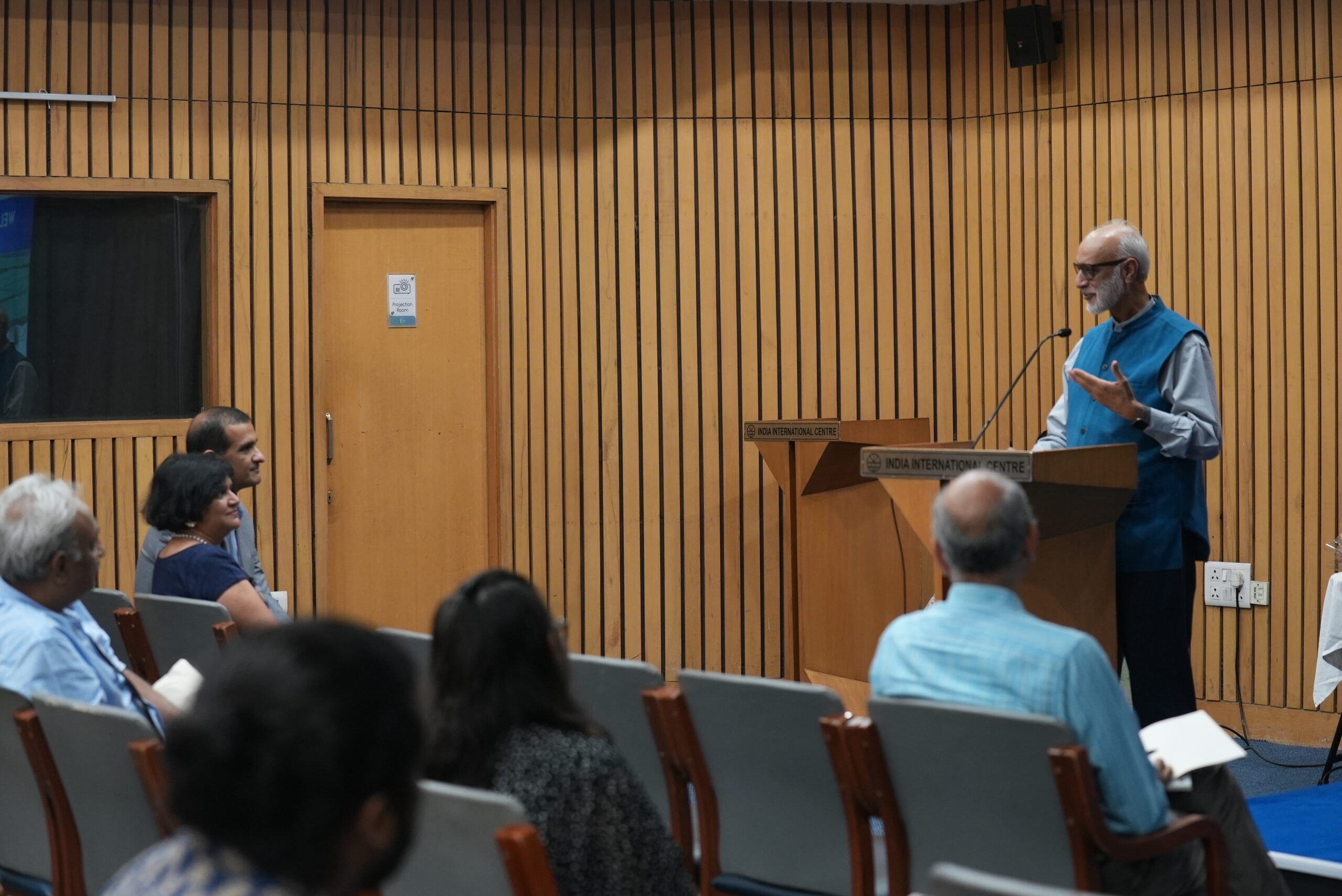Diversifying Income Sources to Incentivise Smallholder Farmers
India’s agrarian crisis, marked by declining farm incomes and rampant land degradation, threatens the livelihoods of over half of its 1.4 billion population. This paper delves into the potential of regenerative agriculture practices as a means to alleviate the distress gripping the nation’s farmers. The study places a strong emphasis on crop diversification, a strategy that holds promise in increasing smallholder farmer incomes. However, despite the substantial benefits it offers, the adoption of crop diversification practices in India remains disappointingly low, largely due to logistical hurdles and concerns about short-term financial viability.
For crop diversification practices to be adopted at scale, it needs to be perceived as financially remunerative to smallholder farmers.
To address these challenges, the research suggests a multifaceted approach, integrating off-farm value addition and on-farm income diversification activities. This approach advocates diversifying income sources to stabilise returns, reduce risk, and bolster the sustainability of agrarian livelihoods. A benefit-cost analysis framework is employed based on synthesis of available literature and farm scale modelling to assess the perceived financial remuneration from these integrated strategies in both the short and long term.
In the short term, farmers may be hesitant to embrace regenerative farming, mainly owing to the marginal increase in the benefit-cost ratio and the initial costs associated with planting trees in hybrid agroforestry. The findings reveal that combining crop diversification with off-farm value addition and on-farm income diversification activities significantly enhances the benefit-cost ratio, primarily due to improved crop yields and cost reduction with livestock manure, and added income from companion crops with value addition.
In conclusion, the integration of off-farm value addition and on-farm income diversification activities along with the crop diversification practices represents a promising pathway to scale up adoption of regenerative agriculture, offering potential improvements in smallholder farmer livelihoods. To actualise these benefits, access to transition finance and institutional support is essential to facilitate the shift towards sustainable and regenerative agricultural practices.
This report is currently being reviewed and will be uploaded soon. If you would like to read a draft version or know more about this work, please write to [email protected].
If you would like to collaborate with us outside this project, write to us. We would love to hear from you.
Follow us and stay updated about our work:

